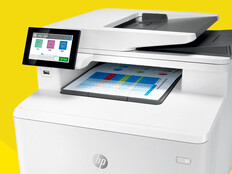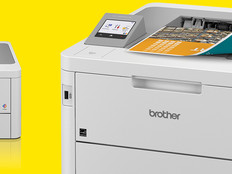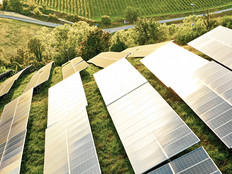The History of 3D Printing [#Infographic]
Governments are ahead of the curve when it comes to 3D printing.
In Louisville, Ky., city planners are using 3D printers to create models of future buildings and neighborhoods. The Martin Luther King Jr. Memorial Library, in Washington, D.C., has a 3D printer that is available to city residents. NASA is involved, too, as they attempt to print pizza in space.
The buzz around 3D printing has taken off in recent years as prices have dropped and the devices have become more accessible. 3D printing is already creating parts for classic cars, human skulls and musical instruments. Megan Garber of The Atlantic expands upon the importance of 3D printing:
3D printing, futuristic name notwithstanding, is a pretty simple phenomenon: the conversion of a digital file into a physical product. With detailed instructions and the right materials, in theory and -- more and more often -- in practice, you can manufacture objects from a little machine on your desk. So we can now 3D print parts for machines and home appliances. We can 3D print cement. We can (sort of) 3D print meat.
3D printing is still young, catering to the curious and the restless and the early-adopting. But in a few years, its enthusiasts suggest, the technology could be as ubiquitous and as easy-to-use as a camera phone. 3D printing could, sort of, change everything -- one dimension at a time.
The history of 3D printing can be traced back to 1984, when Charles Hull began to experiment with printing materials instead of ink. Hull, who went on to found 3D Systems, dubbed the process stereolithography.
Check out the infographic, below, from T. Rowe Price to learn more.










